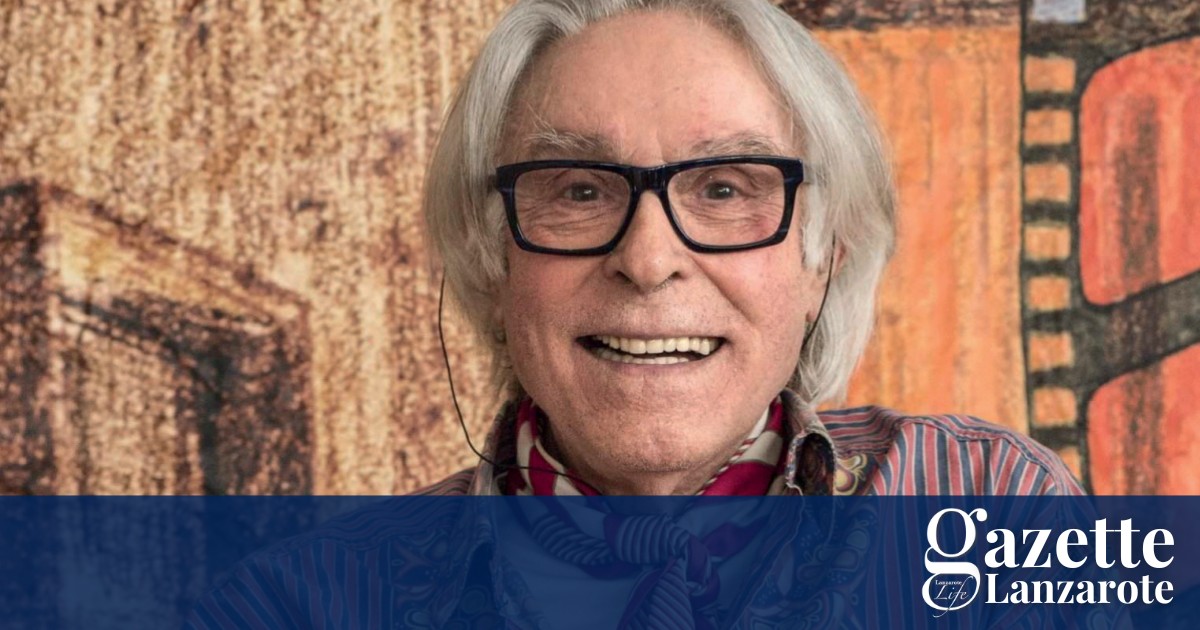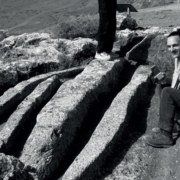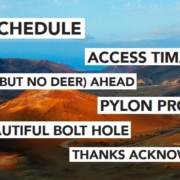César Manrique worked closely with other professionals during his lifetime, such as the architect Fernando Higueras and the landscaper Jesús Soto, but perhaps his closest friend was the Canarian artist Pepe Damaso, who turned 91 this year and remains a guiding light for modern Canarian art.
Born in 1933 in Agaete, Gran Canaria, Pepe Dámaso was a little late for the first flowering of surrealism in the Canaries, which took place in 1935 in Tenerife. It wasn’t until the 50s that he came face to face with modernism at art school in Madrid. “A Canarian faces the mirror of the sea; only when he breaks it and doesn’t return to himself can he become international,” he has said.
Dámaso has become one of the Canaries most emblematic artists, an extremely prolific creator whose vivid, elegant works can be found on all of the islands. However, on Lanzarote his fame is most closely linked with that of the “father of modern Lanzarote”, César Manrique.
Dámaso first met Manrique at the age of 19, plucking up courage to approach the already well-known Lanzarote artist at an exhibition in Madrid. The two became close friends. When an exhibition of Dámaso’s work in Madrid was threatened with cancellation because the artworks had been delayed at customs, Manrique encouraged him to hold an “exhibition without paintings” as an artistic statement. According to Dámaso the event was well attended by art lovers who ate all the canapés, “which is the only reason people come to these things anyway.”
Despite his cosmopolitanism, Dámaso has always returned to the Canaries, always regarded these islands as his base and always seen himself as “archipelagic”. “It’s possible that I’m not as famous (for staying here), but I’m much happier and I receive the affection of people that few artists get to enjoy,” he has said.
When his friend César Manrique also returned to Lanzarote in the 1960s to take charge of the transformation of the island, it led to one of the most important relationships in the lives of both men.
Dámaso, who has said he knew he was gay since he was a boy, said of Manrique “Our friendship was one of admiration and mutual respect. There was no homosexual relationship between us, which was a great shame because we could have been even happier together as lovers.”
One of the great achievements of both men was the establishment of the El Almacén arts centre in Arrecife. The centre was opened in February 1974 and soon became a “polydimensional centre” where exhibitions, “happenings” and other artistic events shared space with a restaurant and a shop. Dámaso has said that the centre was treated with suspicion when it first opened as a “place for whores and faggots”. It remains open to this day
Pepe Dámaso’s work is deeply founded in Canarian tradition – a tradition which includes the most modernist currents of the 20th century. He is deeply influenced by the great Canarian symbolist painter Néstor de la Torre, and the Canarian surrealist Óscar Domínguez. In his works you can find references to Canarian culture, such as the wire fishing nets that are used, bananas or the spirals of seashells.
Despite recent illness, Pepe Dámaso remains a lively and hugely entertaining presence on the Canarian scene – a link to a wildly creative period for the culture of the islands and an affirmation of friendship, local pride and the importance of culture. He is one of those artists whose greatest work could be said to be themselves.











Leave a Reply
Want to join the discussion?Feel free to contribute!